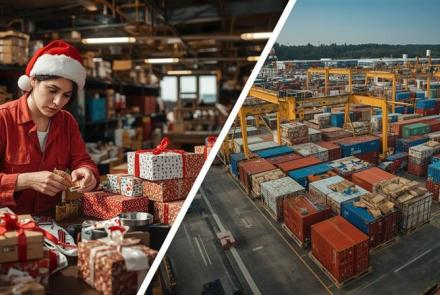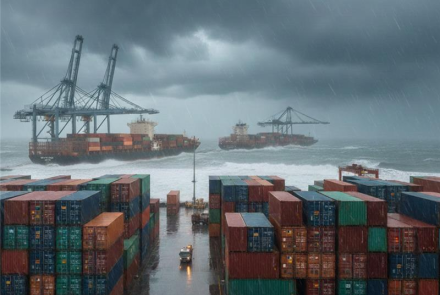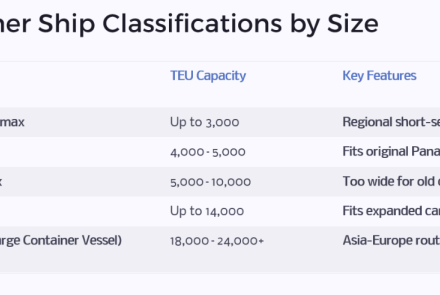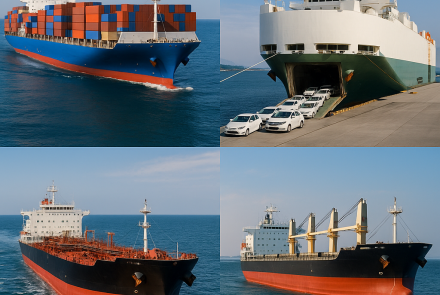Shipping Container Cleaning Procedures
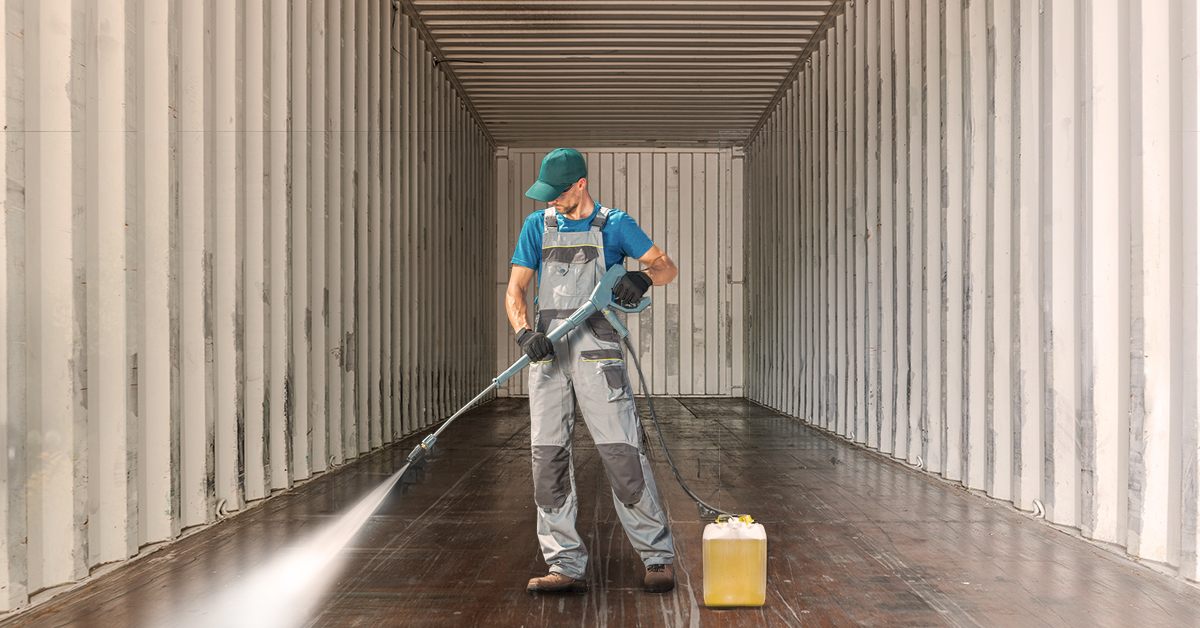
Shipping Containers pass through varied climatic conditions & environments and are subject to severe weather on the seas and ports. They come in contact with harmful pathogens like mold, bacteria and viruses together with pollen, liquids and other dangerous material.
Soiled and unclean containers promote the growth of fungi, bacteria and mold and can prove injurious to the crew during the loading and unloading of cargo.
Cleaning and disinfection of shipping containers assume great significance to guarantee the safety of the crew handling the cargo as well as in the larger interests of saving local habitats from the introduction of invasive pests that can prove challenging to eradicate once they have colonized a territory.
Containers travel across the world, and it means they also carry with them numerous varieties of germs and pollutants that could potentially prove harmful to people handling the cargo and the environments they pass through. Due to this enormous exposure to germs and pollutants, cleaning the containers meticulously before handing them over to a shipper is an important and mandatory step in protecting human health and preserving the world’s ecosystem.
Steps to follow while cleaning shipping containers
Sweeping
Wearing a mask, the cleaning staff must remove all visible dust and other particles with a heavy-duty broom working up their way from the back of the container to the front. After the sweeping process is over, they must use a strong vacuum cleaner to suck up all stubborn dust particles.
Leaf Blowers
To air out the container, air compressors and leaf blowers come in handy. A powerful blower will clear away invisible bugs, pollen and seeds.
Pressure wash
As is the normal practice, washing the interiors of the container with high-pressure water jet starts from the front to the back, taking care not to miss the corners, walls and ceilings. As opposed to a conventional hose, pressurized water displaces stubborn grime and dirt rinsing them out of the container. While performing this cleaning action, it is essential that the staff wears safety goggles to protect the eyes from falling debris. Pressure wash also helps in detecting dents, minute cracks, holes and other damages in order to take timely corrective actions. After the interiors are thoroughly cleaned, a similar process should be carried out on the exteriors of the container.
Visual inspection
Upon completion of the washing cycle, a thorough visual inspection must be carried out to detect dents, cracks and rust formation. If such seemingly minor issues go unnoticed and are left unattended, they could turn serious requiring a major repair and overhaul, or even cut short the serviceable life of the container. Visual inspection must look out for contaminants like plants, seeds, insects, eggs and snails. Holes can be plugged by welding a piece of steel or by an industry sealant to permanently seal the hollow area.
Application of sandpaper and wire brush
A medium grit (100-150) sandpaper or belt sander should be used to remove peeling paint, rust and hard to remove stains. Sandpaper application should be carried out only after ensuring that the container surface is dry. Care should be taken to prevent the breather vents/air ducts from getting clogged while rubbing with sandpaper.
Painting
A liberal application of primer paint will restore the original look of the container. This added layer of coating will also protect the surface from corrosion.
Shipping containers move from port to port across oceans crossing several international maritime boundaries. They come in touch with hazardous liquids, bugs, pollens and scores of unwanted material that can cause harm to the new habitats they reach. Invasive pests can reach distant lands through agricultural and forest produce that countries trade with. Stringently following the cleaning procedures can greatly enhance the well-being of staff who handle these containers and also protect the environment.
Keeping the shipping containers clean and well maintained add years to their life by preventing rust formation and weakening of their structure.
- Log in to post comments



